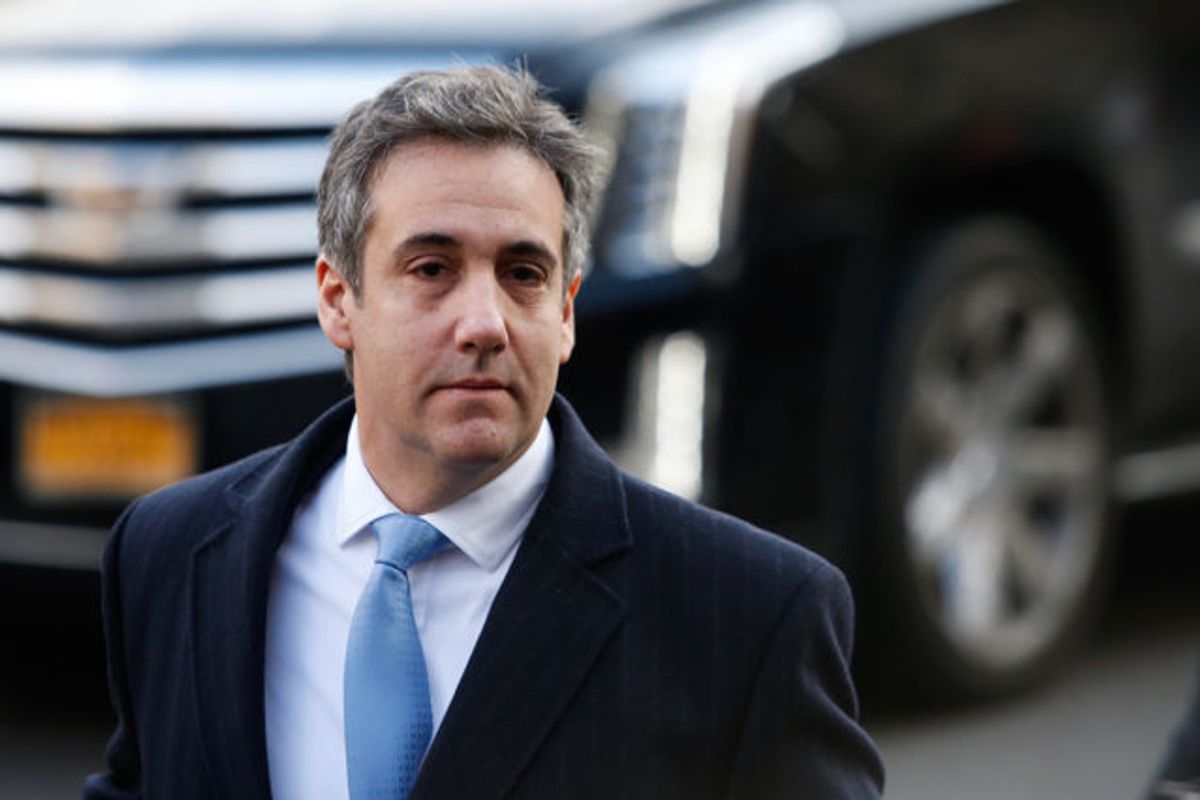Want a way to pay for free higher education? Take a look at all the tax breaks that ease the burden of student debt.
Josh Eidelson has a great post at The Nation, “Fighting Privatization, Occupy Activists at CUNY and UC Kick Into High Gear,” that dives into the battles currently being waged against the dismantling of public higher education. One of the Occupy movement’s major objectives is combating the privatization of public higher education and its replacement with a debt-fueled economy of indenture.
While prepping a recent Occupy panel, Sarah Jaffe brought up how we subsidize student debt in a similar way to mortgage debt, that is, through allowing people to deduce the interest paid on this debt from taxes. According to Pew Charitable Trust’s website subsidyscope, the deductibility of student loan interest alone costs taxpayers $1.4 billion dollars. Instead of taking $1.4 billion dollars and directly making college cheaper, students take out massive amounts of student loan debt and we alter the tax code to make that debt $1.4 billion dollars cheaper.
This is an example of what Suzanne Mettler calls “the submerged state,” a pattern where the government has, as she says, “shunned the outright disbursing of benefits to individuals and families and favored instead less visible and more indirect incentives and subsidies, from tax breaks to payments for services to private companies. These submerged policies…obscure the role of government and exaggerate that of the market.” Instead of directly providing public options, we subsidize the purchasing of private goods, often using the tax code.
Let’s take the case of student debt and the tax code. How much would it cost to make public colleges and universities free? Rough estimates (quoting Jeffrey Sach’s latest book) put the price of free public higher education at $15-$30 billion, which fits other estimates I’ve seen.
Now what are the costs of how we subsidize higher education through the tax code? There’s already the $1.4 from the interest exemption. Also from subsidyscope, there’s the exclusion of employer-provided educational assistance ($1.1 billion), exclusion of interest on student-loan bonds ($0.6 billion), exclusion of scholarship and fellowship income ($3.0 billion), exclusion of tax on earnings of qualified tuition programs: savings account programs ($0.6 billion), the HOPE tax credit ($5.4 billion), the Lifetime Learning tax credit ($5.5 billion), parental personal exemption for students age 19 or over ($3.4 billion), and state prepaid tuition plans ($1.75 billion). There’s also the stimulus’s American Opportunity Tax Credit ($14.4 billion) and some part of the deductibility of charitable contributions (education) ($4.9 billion).
Even without the last two, that’s $22.75 billion dollars we are paying through the tax code to make college tuition and student debt more manageable. This amount is in the middle the range of the cost of just making public high education free. Now these aren’t equivalent — much of what is spent through the tax code will be biased more towards private and professional schools, which are more expensive. But this also isn’t anywhere near the full extent we subsidize student debt (a government creation from 1965).
But there is a choice in how to provide mass higher education. We can either use resources to reduce the price of the good upfront — make college free — or to subsidize the purchase of the good — here through the numerous hoops of the tax code. The amount of money we take from the tax code to try and make student debts and runaway tuition more bearable could be used instead to just provide free public colleges.
There are winners and losers in each case. When we subsidize through the tax code, people who are well off and pay more taxes benefit more. People who can afford support staff, such as accountants and lawyers, are also more likely to understand how to take maximum advantage of these benefits. These subsidies benefit private educational institutions over public ones, as they’ll make private education feel more “natural” while obscuring the role of the government in setting up these markets. They give public college a nudge towards corporatization and privatization. Much of these subsidies are likely captured either by the higher education institutions themselves or the debt lenders. These subsidies will make tuition and debt easier to deal with, but providing colleges free as a public option would likely do far more to contain costs.
Most importantly, it breaks the link between citizenship and education. The subsidy approach replaces the claim to a necessary good to be full, participating citizens in our market economy with the claim of a consumer, whose claim is ultimately one of willingness to pay either through wealth or debt. The first kind is the place where progressives have the stronger argument about freedom, as opposed to those who see the market as the only source of freedom available.
Mike Konczal is a Fellow at the Roosevelt Institute.
Cross-Posted From The Roosevelt Institute’s New Deal 2.0 Blog
The Roosevelt Institute is a non-profit organization devoted to carrying forward the legacy and values of Franklin and Eleanor Roosevelt.


